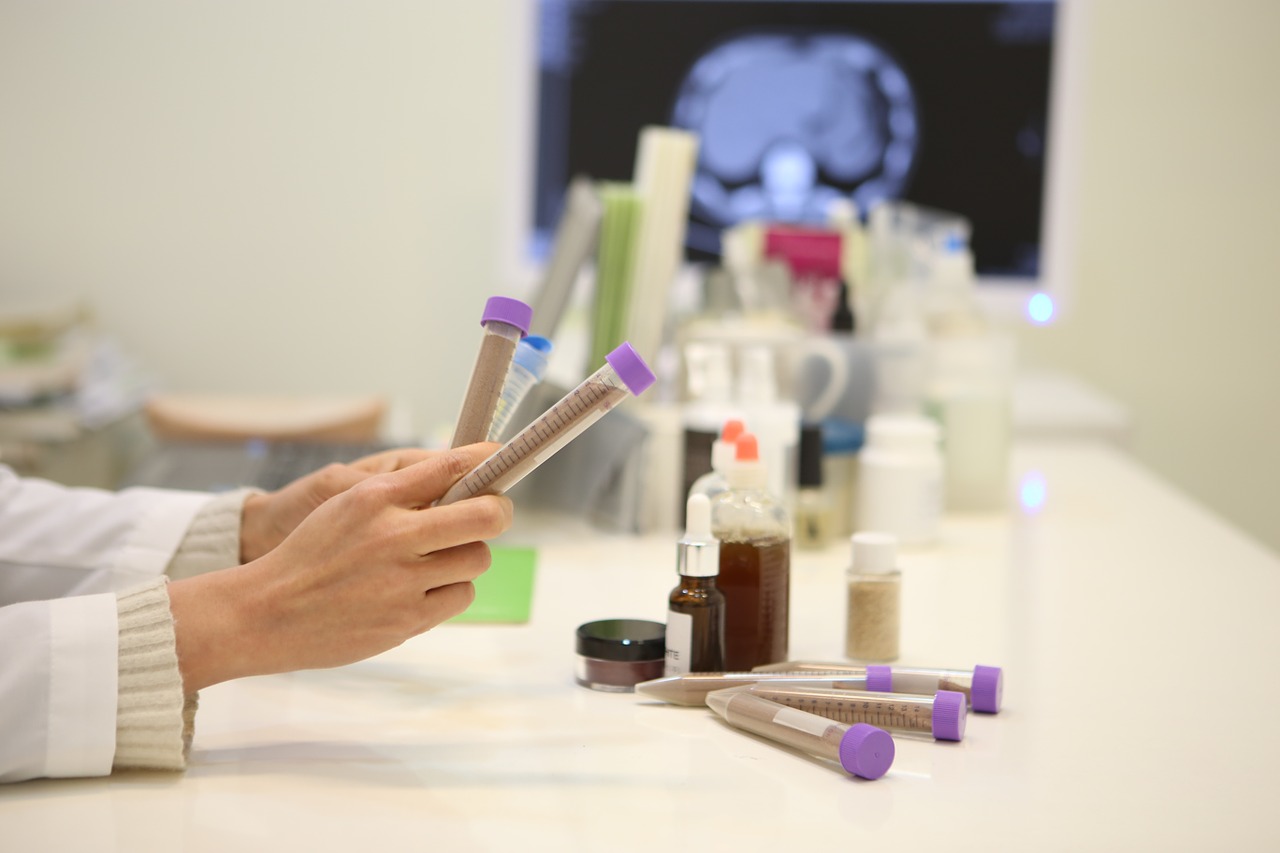
EliteFTS™ aims to educate our readers on the current state of research in human performance, including providing new research on current supplements that are on the market. We advise our readers to fully understand the science of supplementation and make informed choices.
New research is now showing that a supplement once hailed as the "magic bullet" of muscle building may actually inhibit muscle cell protein synthesis. A new article posted on SuppVersity is showing that phosphatidic acid blunts whey-induced acute protein synthesis, spelling disaster for your wallet and expected muscle gains.
From SuppVersity:
To understand why one may even expect that there was a synergism between whey protein (or leucine) and phosphatidic acid, one has to be aware of the fact that both trigger mTOR, albeit via different pathways: While leucine activates mTOR through RAG GTPase, PA is thought to independently activate mTOR through competitive binding with the mTOR inhibitor FKBP38. As Mobley et al. point out in the introduction to their latest paper in the Journal of the ISSN it does thus "stand[...] to reason that whey protein could synergistically activate mTOR if co-ingested with PA" (Mobley. 2015). Accordingly, ...
"the purpose of this study was to examine if PA acutely increases anabolic signaling markers and muscle protein synthesis (MPS) in gastrocnemius with and without whey protein concentrate (WPC) supplementation" (Mobley. 2015).
In view of the fact that previous studies did not do a detailed analysis of the skeletal muscle transcriptomic response to PA and considering the fact that the latter may be important with respect to finding explanations for any - positive or negative - findings, Mobley et al. ran detailed analysis of the skeletal muscle mRNA response to PA and/or WPC, as well. Their goal was to assess whether PA or PA + whey would affect key genes involved in muscle mass maintenance (myostatin (Mstn) and p21Cip1), metabolism (PGC-1α and GLUT-4), and skeletal muscle atrophy (Atrogin-1 and MuRF-1). To get this data, the researchers randomly assigned male Wistar rats to four different treatments groups groups in which they were gavaged with one of the following "supplements":
- control (CON) - 1 ml of tap water
- phosphatidic acid (PA) - 0.029 g soy-derived PA (S-PA, Mediator®, ChemiNutra, Austin, TX, USA) suspended in 1 ml of tap water; this being a human equivalent dose of 1.5 g per the species conversion calculations of ReaganShaw et al. (learn more)
- whey protein concentrate (WPC) - 0.193 g WPC (standardized to 80 %, donated graciously by C.M.L.) suspended in 1 ml of tap water; this being a human equivalent dose of 10 g
- combined (PA + WPC) - 0.029 g soy-derived PA + 0.193 g WPC suspended in 1 ml of tap water
Three hours post-feeding, the gastrocnemius muscle was removed and analyzed for markers of Akt-mTOR signaling, gene expression patterns related to skeletal muscle mass regulation and metabolism, and muscle protein synthesis (MPS) analysis (note: there was no training involved!).
...
Figure 2: Effects of PA with or without the co-ingestion of WPC on mTOR-related signaling markers (a-f) and acute factional muscle protein synthesis (right hand side | Mobley. 2015). Image courtesy of SuppVersity.
If there was a synergism between whey and PA it does - and the data in Figure 2 leaves no doubt about that - not translate into increases in muscle protein synthesis. In fact, the addition of phosphatidic acid appears to blunt, not increase the acute influx of protein into the muscle. That may be a "shocking" revelation for some of you, but if you've been following the SuppVersity articles for a couple of month you will know that there's a disconnect between the increases in allegedly anabolic signalling molecules like mTOR & co and the actual rate of protein synthesis. That does not change the simple truth, though, that the data in Figure 2 (right) suggests that the provision of PA on top of whey protein impairs the protein anabolic effect of whey.
Read the full article here.
References from the article:
- Burd, Nicholas A., et al. "Greater stimulation of myofibrillar protein synthesis with ingestion of whey protein isolate v. micellar casein at rest and after resistance exercise in elderly men." British Journal of Nutrition 108.06 (2012): 958-962.
- Hawke, Thomas J., Nan Jiang, and Daniel J. Garry. "Absence of p21CIP rescues myogenic progenitor cell proliferative and regenerative capacity in Foxk1 null mice." Journal of Biological Chemistry 278.6 (2003a): 4015-4020.
- Hawke, Thomas J., et al. "p21 is essential for normal myogenic progenitor cell function in regenerating skeletal muscle." American Journal of Physiology-Cell Physiology 285.5 (2003b): C1019-C1027.
- Mobley, C. Brooks, et al. "Effects of oral phosphatidic acid feeding with or without whey protein on muscle protein synthesis and anabolic signaling in rodent skeletal muscle." Journal of the International Society of Sports Nutrition 12.1 (2015): 32.









